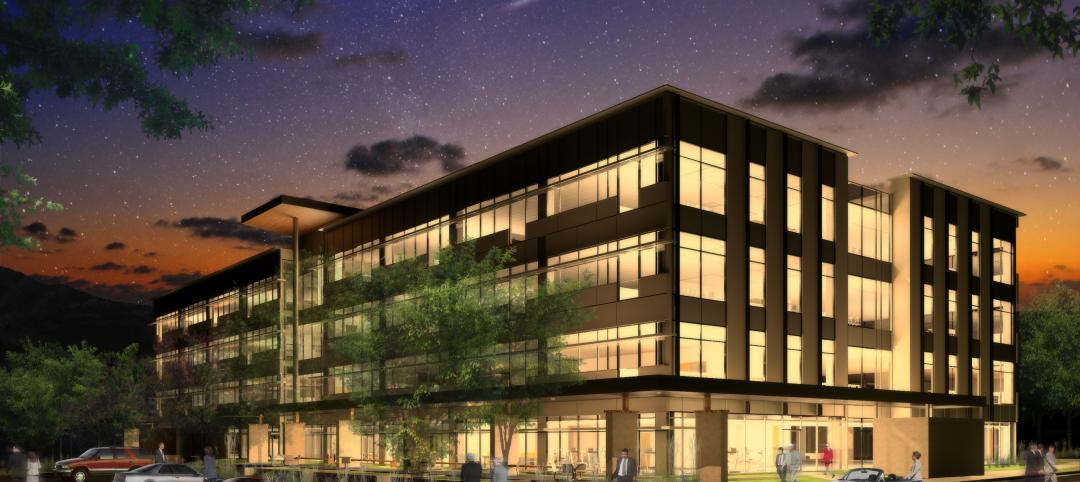The U.S. Department of Energy says that facilities that install renewable energy systems are reaping considerable savings.
Examples include:
• Retailer Best Buy installed solar panels and upgraded energy conservation to realize a cost savings of 25% over the course of four years at a site in Richfield, Minnesota.
• A rooftop solar unit at a Super 8 motel in Ukiah, California provides 60% of the electric power and 100% of the hotel’s hot water production for guestrooms and the hot tub.
• Discovery Elementary School, in Arlington County, Virginia, reports that the 97,588 sf facility operates at a 66% lower energy use intensity (EUI) compared to the district’s average.
• Suncoast Credit Union in Bushnell, Florida, upgraded its service center with solar electric systems. After its first year, the facility delivered more than 31 megawatt-hours (MWh) to the grid and used 25 MWh to become a zero-energy building.
The payback on renewables for public and institutional clients is usually 15 years or shorter. In the private sector, typical paybacks are five to seven years.
Related Stories
| Jan 16, 2014
ASHRAE revised climatic data for building design standards
ASHRAE Standard 169, Climatic Data for Building Design Standards, now includes climatic data for 5,564 locations throughout the world.
| Jan 15, 2014
ConsensusDocs releases updated subcontract for federal work
The new version addresses recent changes in federal contracting.
| Jan 15, 2014
First quarter 2014 LEED rating system addenda now available
There are 71 new LEED Interpretations, including 65 for Homes and Multifamily Midrise.
| Jan 10, 2014
What the states should do to prevent more school shootings
To tell the truth, I didn’t want to write about the terrible events of December 14, 2012, when 20 children and six adults were gunned down at Sandy Hook Elementary School in Newtown, Conn. I figured other media would provide ample coverage, and anything we did would look cheap or inappropriate. But two things turned me around.
| Jan 8, 2014
Strengthened sprinkler rules could aid push for mid-rise wood structures in Canada
Strengthened sprinkler regulations proposed for the 2015 National Building Code of Canada (NBCC) could help a movement to allow midrise wood structures.
| Jan 8, 2014
New materials should help boost sustainability in cities by 2020
Newer developments include windows made with nano-crystals that control intense heat penetration while lighting living areas from the outside.
| Jan 8, 2014
Architect sentenced to a year in jail for firefighter's death
Architect Gerhard Becker was sentenced to a year in LA county jail after pleading no contest to the manslaughter of a firefighter who died while trying to contain a fire in a home the architect had designed for himself.
| Jan 8, 2014
United Association, NRDC seek major plumbing code changes
Proposed changes include mandating the insulation of hot water piping in new buildings.
| Jan 2, 2014
EPA move to assert oversight on small bodies of water among top regulatory battles for 2014
The EPA has started the process of declaring that it has the power to regulate streams, brooks, and small ponds.
| Jan 2, 2014
Paseo Verde in Philadelphia is nation’s first LEED Platinum neighborhood development
Paseo Verde, a mixed-use, mixed-income community hosted a ribbon cutting ceremony last month.
















